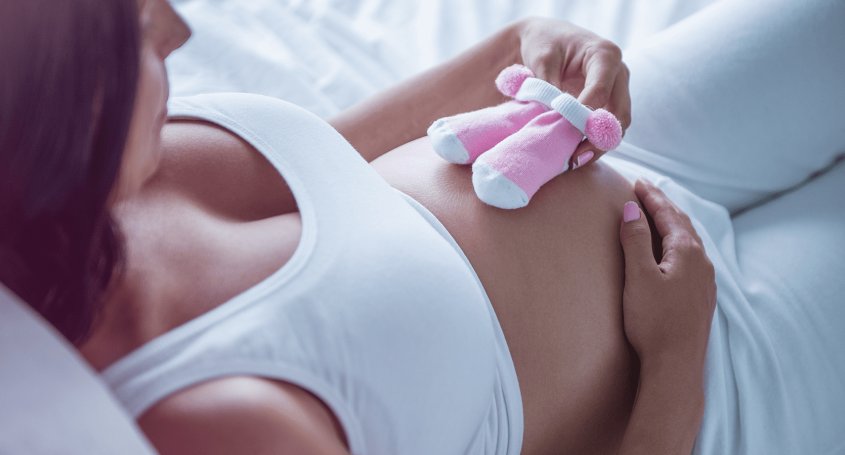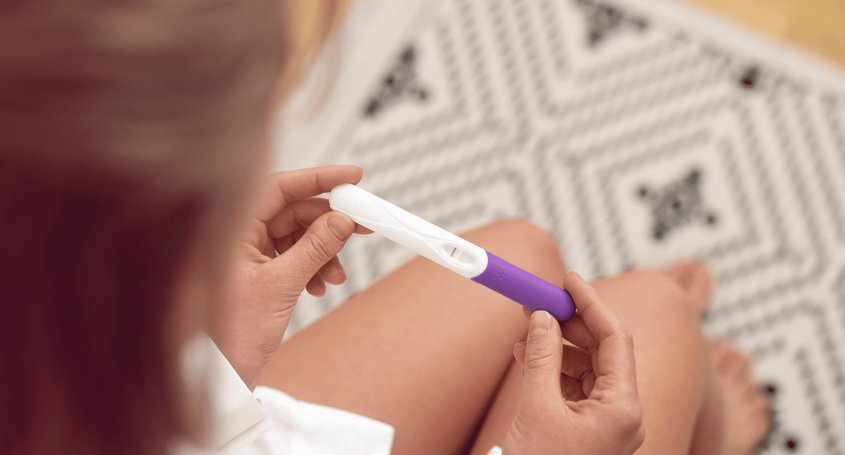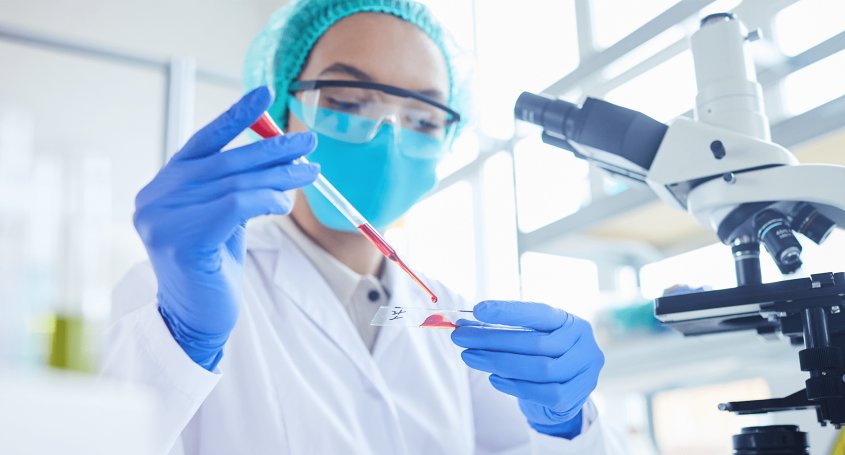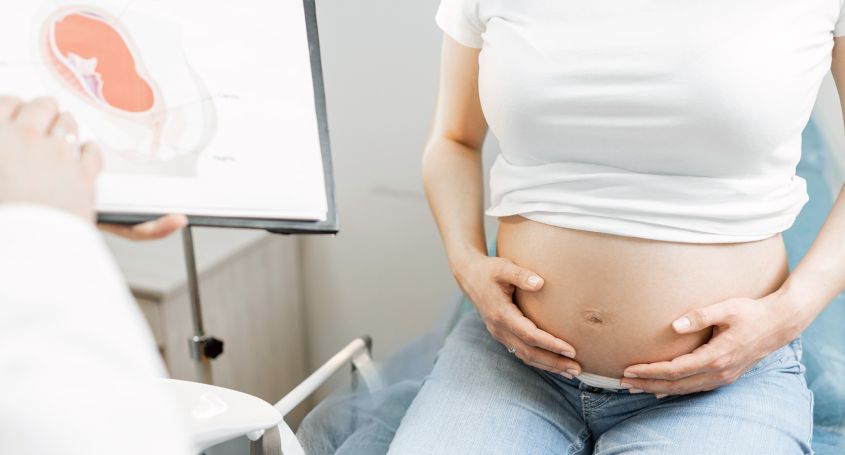In vitro fertilisation (IVF) is the assisted reproduction treatment in which the egg is fertilised by the sperm in the laboratory. The process consists of four fundamental steps that we will go over in this article: ovarian stimulation, ovarian puncture, fertilisation in the laboratory and transfer of the embryos to the uterus.
Ovarian stimulation
During this first phase, hormonal medication is administered by subcutaneous injections to the patient. The aim is to ensure that all the eggs that begin to grow in this cycle reach the final stage of maturation and not just one of them, as occurs naturally.
The treatment begins during the first few days of menstruation and lasts between 8 and 11 days. During this time the growth of follicles is monitored with ultrasound examinations to know approximately when the eggs are mature and, therefore, when ovulation is close to occurring. In most cases no more than three ultrasound examinations will be necessary.
When the follicles reach an adequate size, ovulation is triggered and the ovarian puncture is scheduled 36 hours later.
Ovarian puncture
Egg retrieval or ovarian puncture is a simple surgical procedure. The patient is admitted to the clinic on the same day, accompanied and fasting. By means of a vaginal ultrasound, a puncture of the ovaries is performed to extract the liquid containing the follicles, which will be analysed in the laboratory to find the eggs. This procedure lasts between 10-15 minutes and is performed under anaesthesia.
After the operation, the patient rests for a couple of hours to recover from the effects of the anaesthesia and after this time and after checking that everything is fine, she can return home. Although it is not compulsory, it is best to rest for the rest of the day and avoid overexertion for the next 24 hours as a preventive measure, in addition to monitoring any abnormal situation.
In vitro fertilisation
In the laboratory, the follicular fluid aspirated is analysed in search of eggs for insemination. About 4 to 5 hours later, the sperm is injected into each egg and the eggs are left in culture in an incubator that maintains optimal conditions for them to develop. In vitro fertilisation can be performed using the partner's sperm sample or donor sperm.
After 18 to 21 hours, the eggs are checked to see if they are perfectly fertilised. The embryos are kept in culture until they reach the blastocyst stage, what would be a 5-day-old embryo.
Embryo transfer
The next step is to transfer the embryos in a simple procedure that does not require anaesthesia or admission. It is completely painless and short in duration. The gynaecologist inserts a catheter through the cervix and the embryos are placed inside the uterus. The process is monitored by ultrasound to ensure that the embryos are placed in the right place. Usually 1-2 embryos are transferred although the current trend is to transfer a single embryo to reduce the risk of multiple pregnancies. If good quality embryos remain after the embryo transfer, they will be frozen.
After the transfer, the patient can return home and lead a normal life. Twelve days after the transfer, the first pregnancy test can be performed to confirm pregnancy. The period between the embryo transfer and the expected date of the pregnancy test is known as beta wait.















